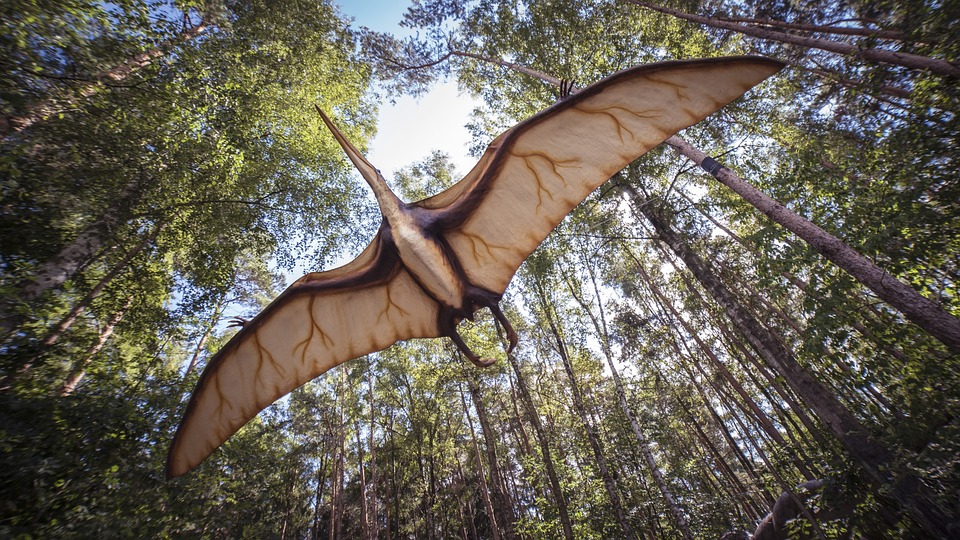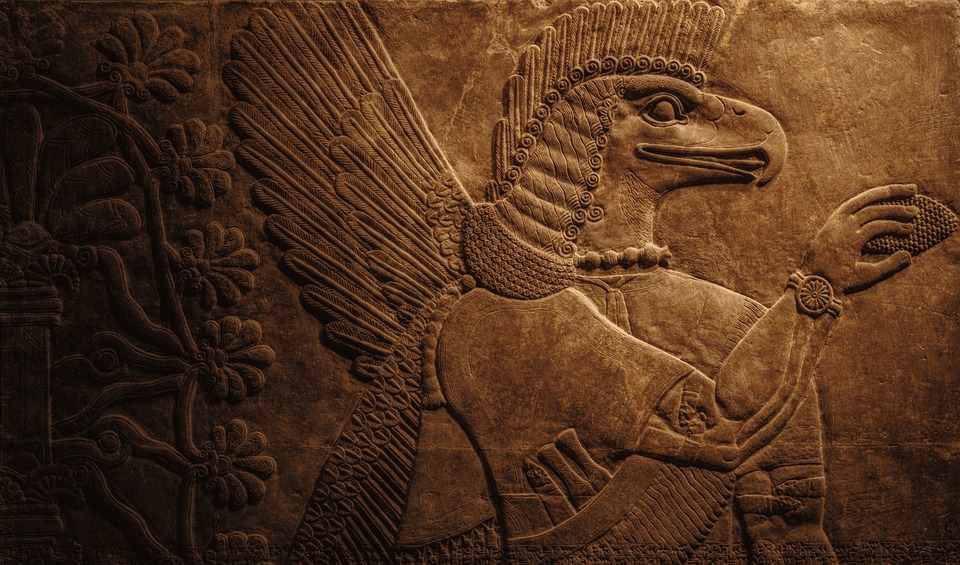
The Assyrian Empire was one of the most powerful empires of the ancient world, with a history that spanned over 1,200 years from the 25th century BCE until its collapse in 609 BCE. The Assyrian royal hunt was an important cultural practice in the empire, which had significant political, social, and religious implications. In this essay, we will explore the significance of the Assyrian royal hunt and its representation in art.
The Assyrian Royal Hunt
The Assyrian royal hunt was a practice that involved the king and his retinue hunting wild animals in the royal parks and hunting grounds. The hunt was not just a leisurely activity for the king and his companions; it was also a demonstration of the king’s prowess and bravery, and a means of displaying the king’s power and wealth to his subjects and rivals.
The royal hunt was a highly organized event that involved a large number of people, including soldiers, courtiers, and attendants. The king was usually accompanied by his top officials, who would help him in the hunt, as well as by musicians and dancers who would entertain the king and his guests during the hunt.
The animals hunted during the Assyrian royal hunt included lions, wild bulls, deer, gazelles, and other large game. The hunt was conducted using a variety of weapons, including spears, bows and arrows, and chariots.
The Significance of the Assyrian Royal Hunt
The Assyrian royal hunt was not just a leisurely activity for the king and his companions; it was also an important political, social, and religious event with several significant implications.
Political Significance
The royal hunt was a means of demonstrating the king’s power and wealth to his subjects and rivals. It was a show of the king’s ability to control and dominate nature, which was seen as a sign of his ability to rule over his subjects. The hunt was also a means of displaying the king’s military prowess, which was important in a society that placed a high value on military strength.
The royal hunt was also an opportunity for the king to cement his relationships with his top officials, who would often accompany him on the hunt. The hunt provided a chance for the king and his officials to bond and discuss important matters of state, such as military strategy and foreign relations.
Social Significance
The royal hunt was a highly exclusive event that was attended only by the king, his top officials, and a select group of guests. The hunt was a means of demonstrating the king’s status and wealth, as well as the status and wealth of his companions.
The royal hunt was also an opportunity for the king to distribute gifts and rewards to his loyal subjects. The king would often distribute meat from the hunted animals to his officials and other guests, as well as other gifts such as jewelry and clothing.
Religious Significance
The Assyrian royal hunt had significant religious implications. Hunting was seen as a sacred activity in Assyrian religion, and the king was seen as a representative of the gods on earth. The hunt was a means of pleasing the gods and demonstrating the king’s piety.
The hunt was also seen as a means of establishing the king’s legitimacy as a ruler. The king’s ability to control and dominate nature was seen as a sign of his divine right to rule, and the hunt was a means of demonstrating this power to his subjects and rivals.
Representation of the Royal Hunt in Art
The Assyrian royal hunt was a popular subject in Assyrian art, and it was depicted in a variety of media, including relief sculptures, wall paintings, and cylinder seals.
Relief Sculptures
Assyrian relief sculptures depicting the royal hunt were usually located in the palace of the king or in public buildings. These reliefs often depicted the king and his companions hunting wild animals using a variety of weapons and techniques. The animals were shown in a naturalistic style, often in great detail, with their muscles and fur rendered in a realistic way. The hunting scenes were often accompanied by inscriptions describing the king’s achievements and virtues.
One of the most famous examples of an Assyrian relief sculpture depicting the royal hunt is the Lion Hunt Relief from the North Palace of Nineveh, which dates to the reign of Ashurbanipal (669-627 BCE). This relief depicts the king and his attendants hunting lions using spears and arrows. The relief is notable for its dynamic composition, with the figures shown in a variety of poses and the animals depicted in vivid detail.
Wall Paintings
Assyrian wall paintings depicting the royal hunt were usually found in the palace of the king or in the residences of high-ranking officials. These paintings often depicted the king and his companions in elaborate hunting scenes, with the animals shown in a variety of poses and the landscapes rendered in great detail.
One of the most famous examples of an Assyrian wall painting depicting the royal hunt is the Hunting Scene from the Palace of Ashurbanipal at Nineveh, which dates to the 7th century BCE. This painting depicts the king and his attendants hunting wild bulls using bows and arrows. The painting is notable for its vivid colors and detailed depiction of the animals and landscape.
Cylinder Seals
Assyrian cylinder seals depicting the royal hunt were usually worn by high-ranking officials as a sign of their status and loyalty to the king. These seals often depicted the king and his companions hunting wild animals using a variety of weapons, as well as scenes of victory and triumph.
One of the most famous examples of an Assyrian cylinder seal depicting the royal hunt is the Seal of Tiglath-Pileser III, which dates to the 8th century BCE. This seal depicts the king hunting lions using a spear, with the animals shown in vivid detail. The seal is notable for its intricate design and detailed depiction of the animals and landscape.
Conclusion
In conclusion, the Assyrian royal hunt was an important cultural practice in the Assyrian Empire with significant political, social, and religious implications. The hunt was a means of demonstrating the king’s power and wealth, as well as his military prowess and ability to dominate nature. The hunt was also an opportunity for the king to cement his relationships with his top officials and distribute rewards to his loyal subjects. The hunt had significant religious implications, as hunting was seen as a sacred activity in Assyrian religion, and the king was seen as a representative of the gods on earth.
The Assyrian royal hunt was a popular subject in Assyrian art, and it was depicted in a variety of media, including relief sculptures, wall paintings, and cylinder seals. These artworks provide a valuable insight into the culture and values of the Assyrian Empire, as well as the artistic and technical achievements of the Assyrian artists who created them.







